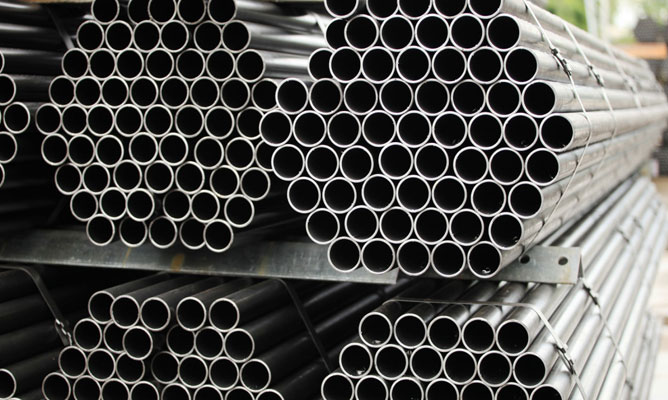Titanium Pipe types differ according to the chemical compositions, the grading, the standards and application requirements. There are different grads ranging from grade 1 to grade 38 and their variations. There are low carbon versions that reduce carbide precipitation during welding. There are welded pipes and seamless pipes. There are many different types. The composition changes according to the need as well. Some grades contain vanadium and some others contain palladium. Some grades are unalloyed. For example, the grade 2 titanium pipe is unalloyed.
The major benefits of titanium pipes are that they are very strong and ductile. They are durable under high chloride ion rich environments such as the marine environment. Since they are chloride ion corrosion cracking resistant, they could be used in food and chemical industries as well. Sensitive chemical processing setups could use the seamless titanium pipe because of the smooth interior of the pipes. The seamless pipes have less roughness and therefore minimize friction in the fluid flow system. Seamless pipes are cold drawn and could be cold worked after production. The hot rolled pipes are stronger and annealed during production. It is easier to weld on the hot rolled ones than the cold drawn pipes. The different grades, the different manufacturing processes and the dimensions all constitute to different applications. The unalloyed pipes are much ductile than the alloyed ones. Grade 2 is such a highly ductile type of titanium pipe. The price of titanium gr 2 pipe can deviate according to the application requirements and other market factors.





